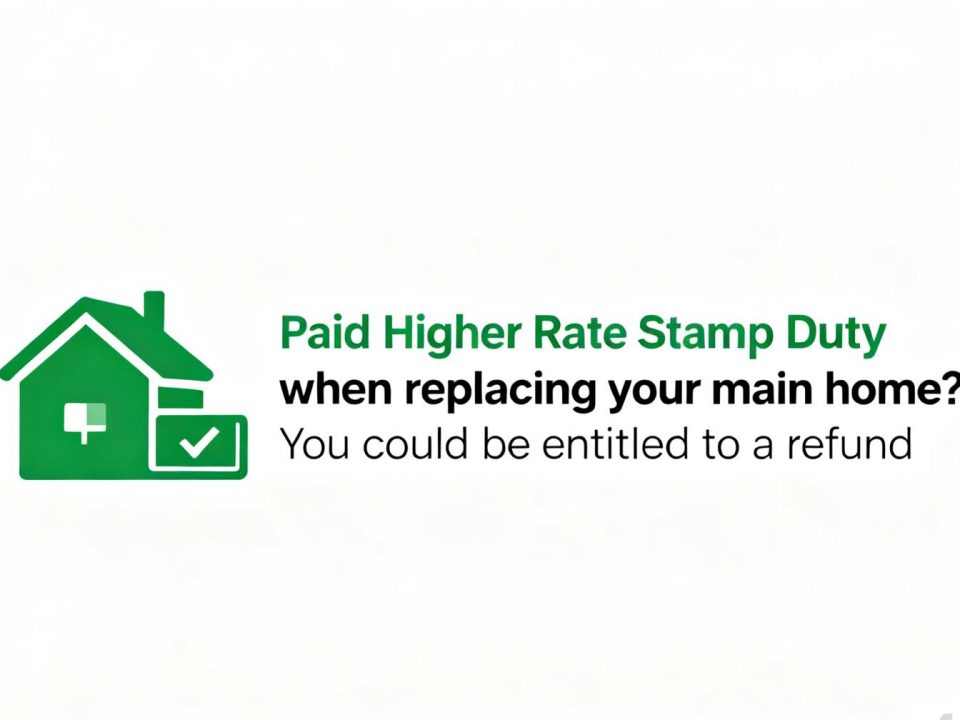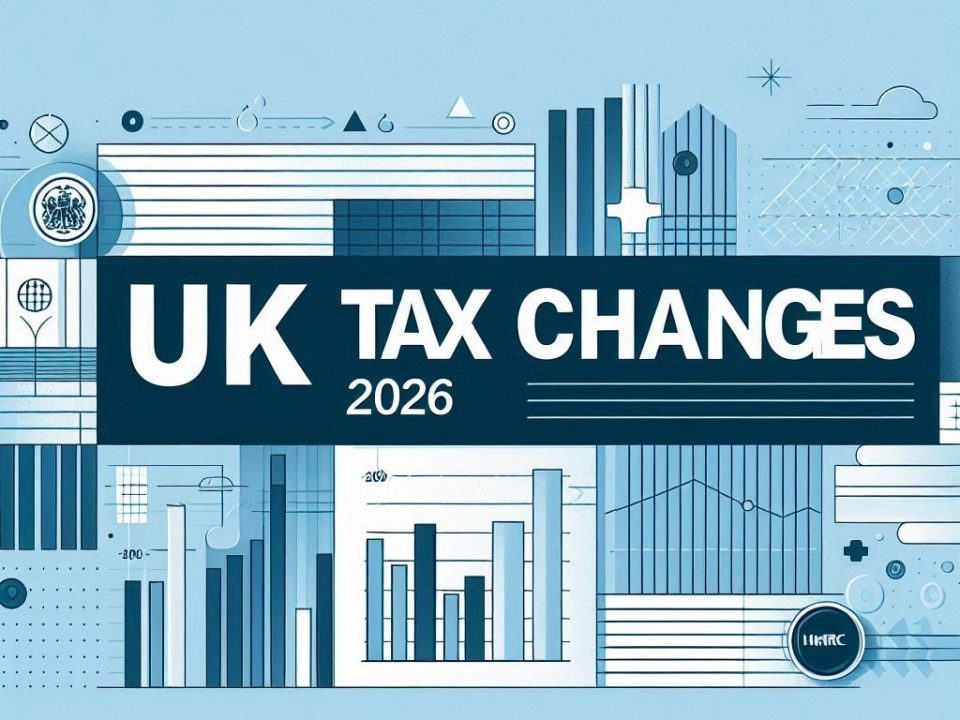Understanding Dividends: A Simple Guide
April 26, 2025How to Set Up a Limited Company in the UK: A Simple Step-by-Step Guide
May 5, 2025What Are Qualifying Earnings for Pension Contributions? A Guide for UK Taxpayers
🕒 Reading time: 4 minutes
If you’re a UK taxpayer juggling a job, a rental property, or even some side income, you might be wondering: how much can I contribute to a pension—and what income actually counts?
Understanding qualifying earnings is key to making the most of your pension contributions and ensuring you’re claiming the right amount of tax relief. In this blog, we break it down in plain English.
💡 What Are Qualifying Earnings for Pension Contributions?
When you contribute to a personal pension—whether it’s a SIPP or another private scheme—you can get tax relief from HMRC. But there’s a catch: your contributions are only tax-relievable up to the amount of your relevant UK earnings each tax year.
Let’s take a closer look at what counts—and what doesn’t.
✅ What Counts as Relevant UK Earnings?
To get tax relief on pension contributions, you need to have one or more of the following types of income:
- Employment income – wages, bonuses, commissions
- Self-employed profits – from sole trade or partnerships
- Furnished holiday let profits – must meet specific conditions
- Statutory benefits – like maternity or sick pay
These are all classed as qualifying earnings for pension purposes.
🚫 What Doesn’t Count?
This often surprises people: not all income is pension-contribution-friendly.
Income that does not count towards your pension contribution limit includes:
- Rental income from buy-to-let properties
- Dividends from shares
- Interest from savings
- Capital gains
- State Pension or private pension income
So, if you earn £25,000 from employment and £15,000 from renting out a house, you can only make tax-relievable pension contributions of up to £25,000.
💷 How Much Can You Contribute to a Pension?
You can contribute up to the lower of:
- 100% of your relevant UK earnings, or
- £60,000 per year (2024/25 annual allowance)
👶 Got No Earnings? You Can Still Contribute
Even if you don’t have any qualifying income (e.g. you’re not working or living solely off property income), you can still contribute up to £3,600 gross per year to a personal pension. That’s:
- £2,880 from you
- £720 added by HMRC as basic rate tax relief
This is a popular strategy for stay-at-home parents, non-working spouses, or those with investment/rental-only income.
🔄 Carry Forward Unused Allowances
If you’ve earned more in previous years and didn’t max out your pension contributions, you can potentially carry forward unused annual allowances for up to three years. But remember—you still need to have enough relevant earnings in the current tax year to use that allowance.
👀 Final Thoughts
Understanding what qualifies as earnings for pension contributions can make a big difference to your long-term financial health. If your income is mainly from rental properties, you’ll be limited in how much you can invest into a pension with tax relief. That said, smart planning—like combining employment or self-employment with property—can open the door to higher contributions.
At Taxes Done Right Ltd., we help individuals across the UK maximise their pension contributions and reduce their tax bills, whether they’re employed, self-employed, or landlords.
Need tailored advice on pensions, tax relief, or making the most of your mixed income sources?
📞 Contact us today or book a 15 minute free consultation: www.taxesdoneright.co.uk/contact



